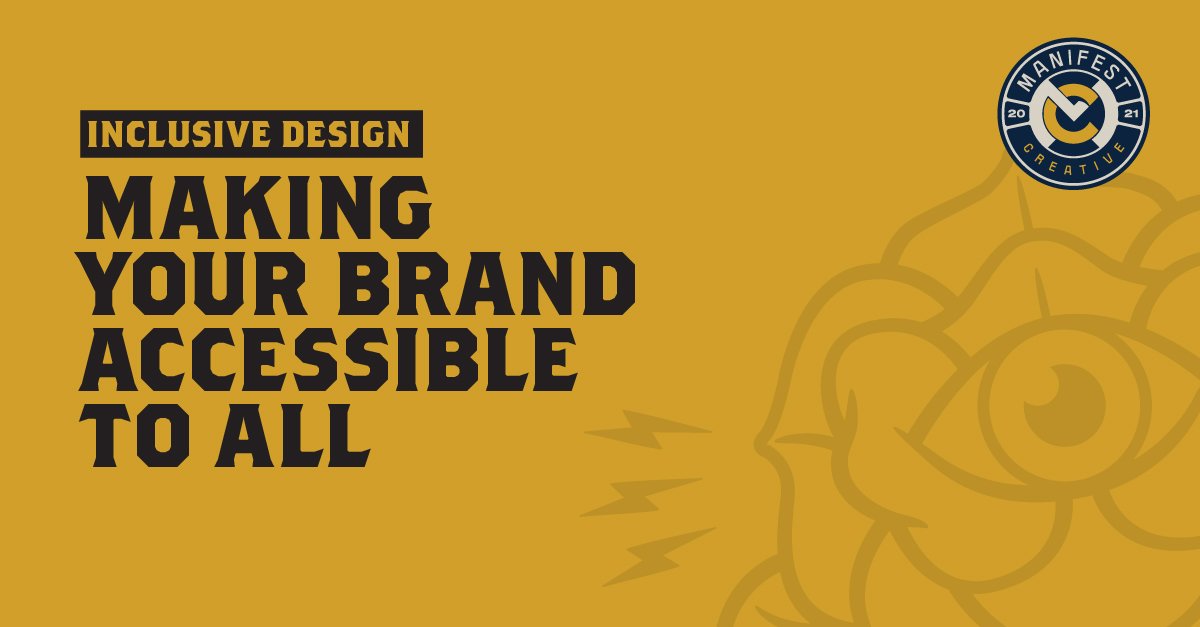Inclusive Design: Making Your Brand Accessible to All
In today's diverse world, inclusivity isn't just a buzzword—it's essential. Inclusive design ensures your brand is accessible and welcoming to everyone, regardless of their abilities or backgrounds. Prioritizing inclusivity broadens your audience and shows your commitment to social responsibility. Let's explore how inclusive design can transform your brand.
What is Inclusive Design?
Inclusive design creates products and services accessible and usable by as many people as possible. It goes beyond the majority's needs to consider various abilities and experiences, promoting a more comprehensive, user-friendly experience.
Why Inclusive Design Matters
Broadening Your Audience
An inclusive approach opens your brand to a wider audience, including people with disabilities, different cultural backgrounds, and varying ages. Making your products accessible to all increases your customer base.
Enhancing User Experience
Inclusive design creates a better user experience for everyone. Addressing potential barriers ensures all users can interact with your brand seamlessly, leading to higher satisfaction and loyalty.
Demonstrating Social Responsibility
Embracing inclusive design shows your brand values diversity and inclusion. This enhances your brand image and builds trust and credibility with your audience.
Key Principles of Inclusive Design
User Involvement
Involve a diverse group of users in your design process. Incorporate their feedback to identify potential barriers and create more inclusive solutions.
Flexibility and Customization
Design products and services that are flexible and can be customized to meet different users' needs, like adjustable font sizes and customizable interfaces
Simple and Intuitive Use
Ensure your design is simple and easy to understand. Use clear language, intuitive navigation, and straightforward instructions.
Equitable Use
Design products useful to people with diverse abilities. Ensure all users have equal access to functionality and information.
Accessibility
Incorporate accessibility features, like alternative text for images and keyboard navigation. Adhere to accessibility standards such as the Web Content Accessibility Guidelines (WCAG).
Practical Steps to Implement Inclusive Design
Conduct an Accessibility Audit
Assess your products’ current accessibility and identify areas for improvement.
Educate Your Team
Provide training on inclusive design and foster a culture of inclusivity within your organization.
Incorporate Accessibility Testing
Regularly test your products for accessibility using tools like screen readers and color contrast checkers.
Gather User Feedback
Engage with your audience to gather feedback on accessibility and usability, then make necessary adjustments.
Inclusive design is vital for ensuring your brand is accessible and valuable to everyone. By prioritizing inclusivity, you broaden your audience, enhance user experience, and demonstrate social responsibility. Embrace inclusive design and make your brand a leader in creating a more equitable world.
Ready to make your brand more inclusive? Contact us today to learn how we can help you design products and services that everyone can enjoy.

